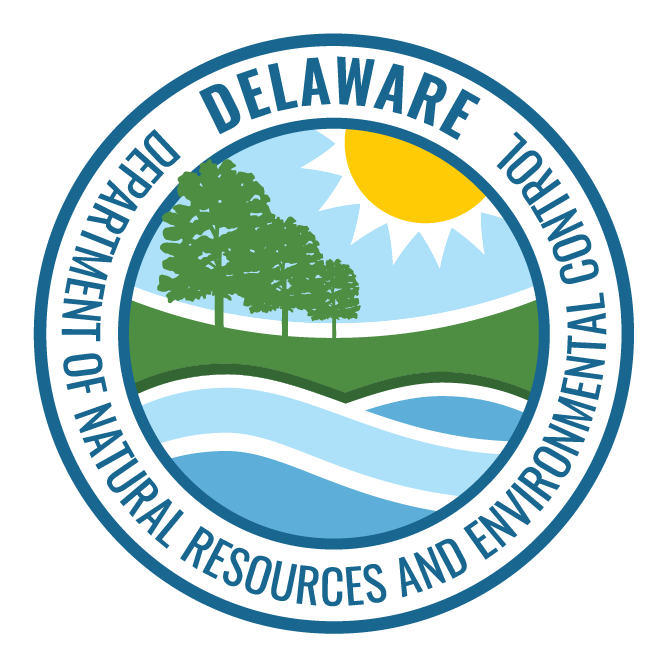Pages Tagged With: "PFAS"
East Basin Road Groundwater Site
The U.S. Environmental Protection Agency (EPA) has added the East Basin Road Groundwater Site in New Castle County to the Superfund National Priorities List (NPL). The site is an approximately seven-square mile area surrounding the city of New Castle’s public wells. [modal text=”DNREC Contacts” title=”DNREC Contacts”PFAS – Fighting Forever Chemicals in Delaware
By Todd Keyser Beginning in the 1970s, firefighters used a special foam to put out jet fuel fires at Dover Air Force Base (DAFB). That foam figured prominently in 2006, when a C-5 cargo plane crashed just short of a runway after developing problems during takeoff. Fortunately, all 17 onboard survived the crash. ButPFAS Investigation Sites
This page contains a list of sites being investigated by DNREC for per- and polyfluoroalkyl substances (PFAS) in drinking water, groundwater or surface water in Delaware.Contact Us
Exposure Assessment Near New Castle Air National Guard Base
In 2019, the Centers for Disease Control and Prevention (CDC) and the Agency for Toxic Substances and Disease Registry (ATSDR) initiated an exposure assessment for perf- and polyfluoroalkyl substances (PFAS) in the community near the New Castle Air National Guard Base in New Castle County. [panelPCB Mass Loading Studies
The DNREC Division of Waste and Hazardous Substances and Division of Watershed Stewardship are working together to study polychlorinated biphenyls (PCBs) and how they enter surface waters from hazardous substance release sites around the state. Phase I SummaryA Watershed Approach
The Watershed Approach to Toxics Assessment and Restoration (WATAR) is a watershed-scale approach to evaluating where contamination comes from, how it gets into Delaware’s waterways and water bodies, and what effects it has on watershed health. https://youtu.be/CqFQInRpVYY




